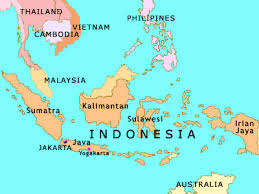The Sumatran tiger is a critically endangered species located on the island of Sumatra in Indonesia. The Sumatran tigers have been designated as a critically endangered species according to the IUCN (International Union for Conservation Nature), Red List. The Sumatran tiger’s status as critically endangered was determined via a 2008 assessment of endangered species by the IUCN.

There are currently approximately 400-500 Sumatran tigers. According to a 1978 tiger census, there were around 1,000 Sumatran tigers: their population has been cut in half. Their habitat is being destroyed due to the destruction of plantations, their agricultural environment, and human housing. Illegal destruction of trees has played a significant role in the loss of the Sumatran tiger’s habitat. Around 16.6 million acres of forest were destroyed between 1985 and 1997.
In addition, poaching is pervasive, threatening the tiger’s existence. Despite attempts from the government to curb illegal trading of the Sumatran tigers’ parts, these poor tigers’ parts are sold regularly throughout Asia. These tigers’ parts are exploited particularly by the Chinese — China manufactures and consumes the most tiger parts.

Plantations such as acacia and oil plantations are affecting the Sumatran tigers’ environment, because forests are destroyed for the creation of these trees, which in turn destroys the Sumatran tigers’ habitat. A safe habitat is indispensable to Sumatran tiger’s because they are apex predators, making it essential that they have a lot of area to roam around and hunt.
Check out this cool video about Orangutans on the island of Sumatra! You will learn about the serious affect deforestation has on these species, which inhabit the same environment as the Sumatran tiger.